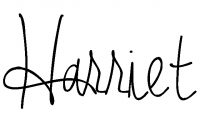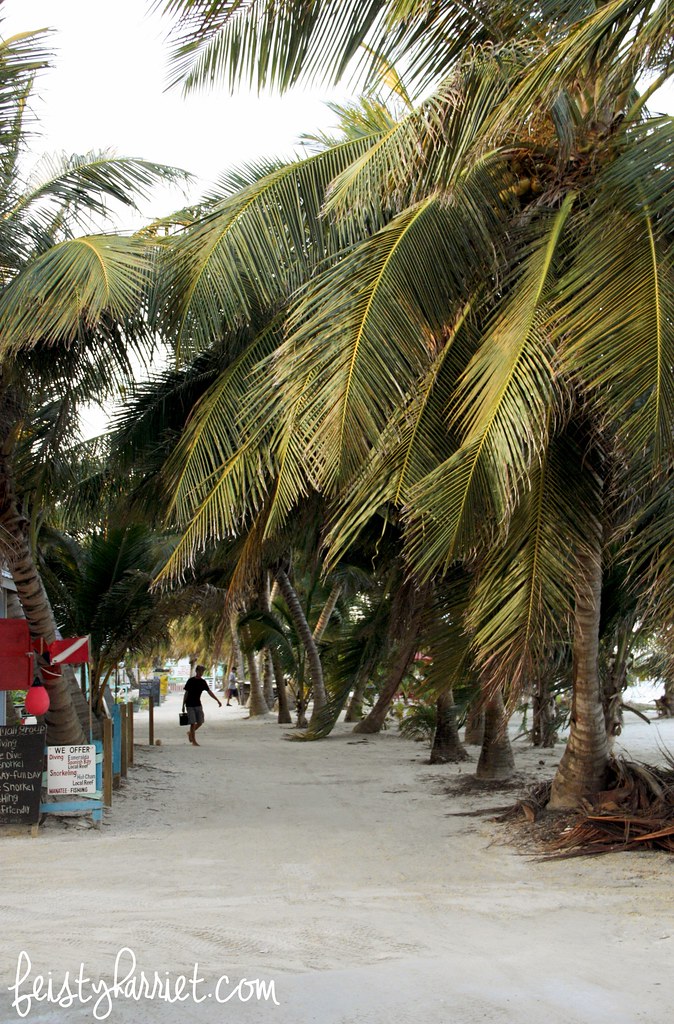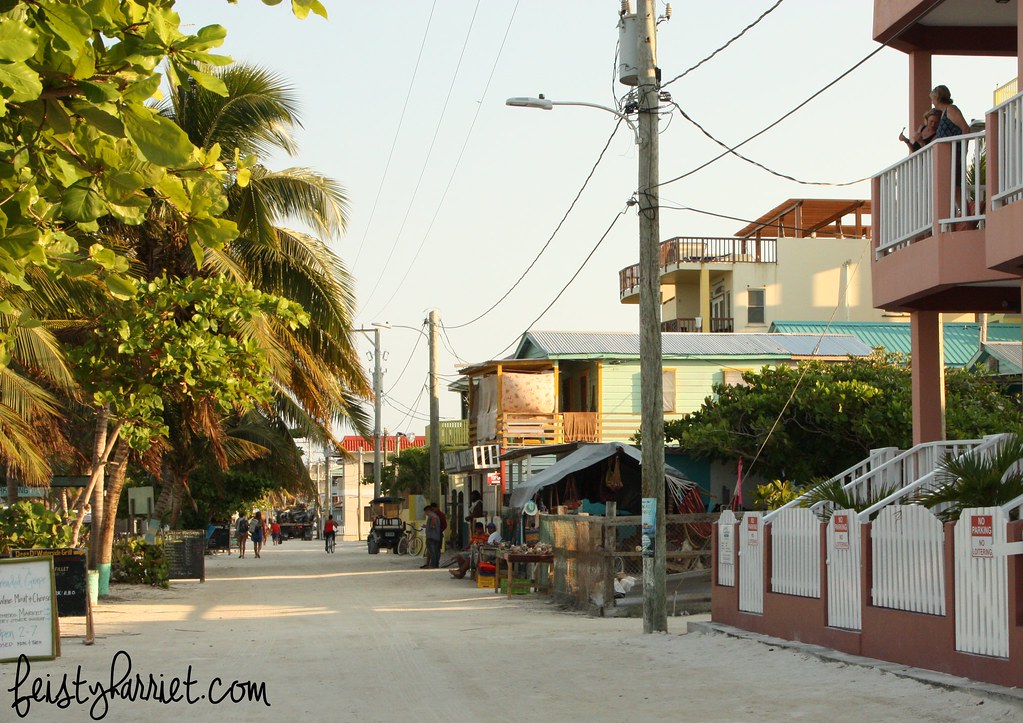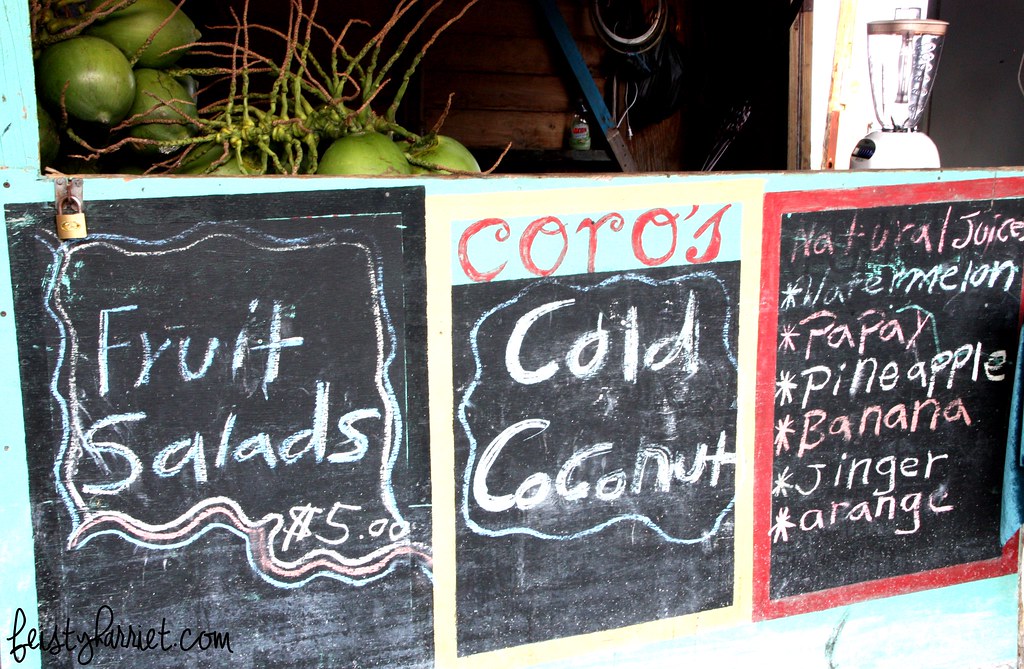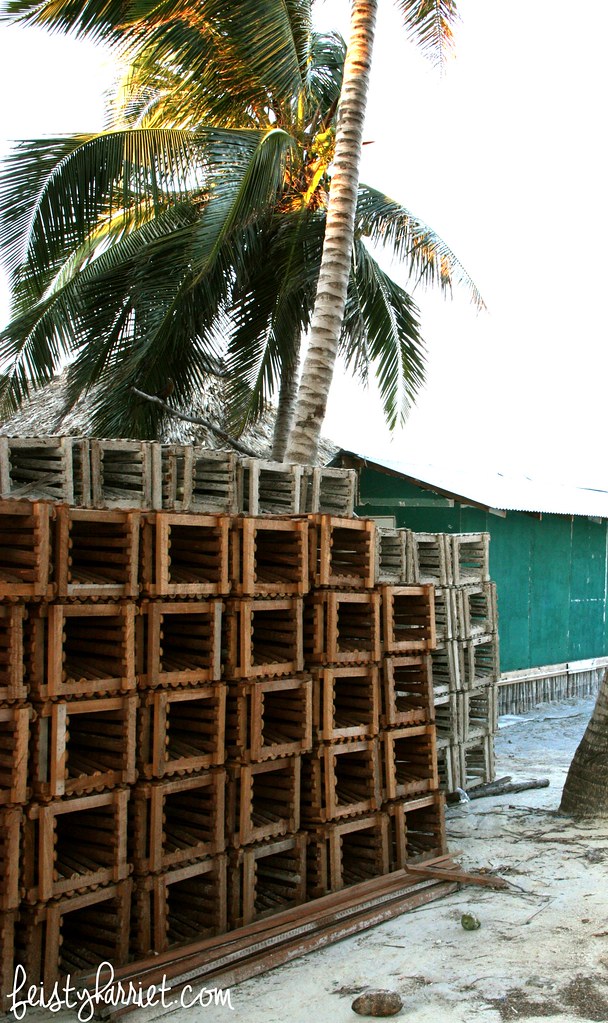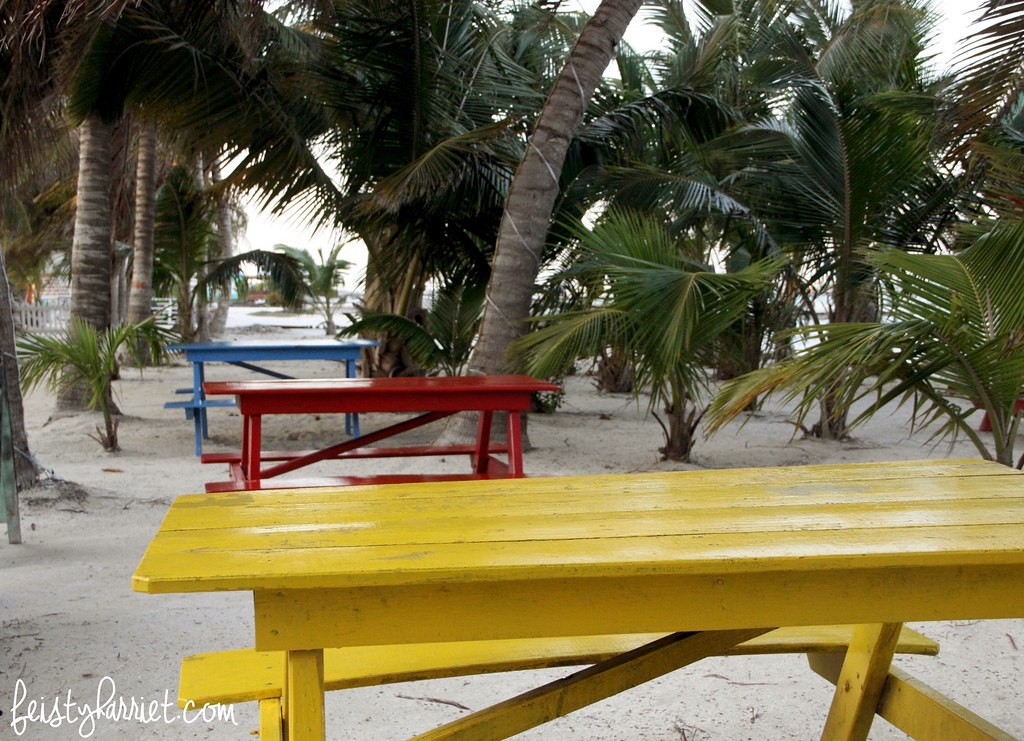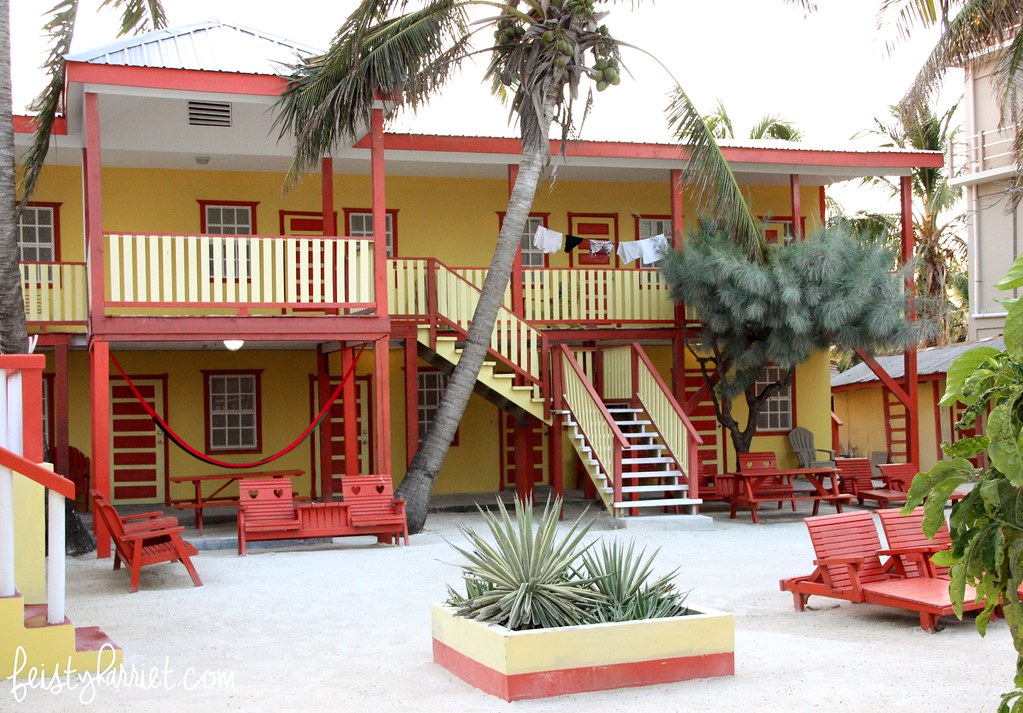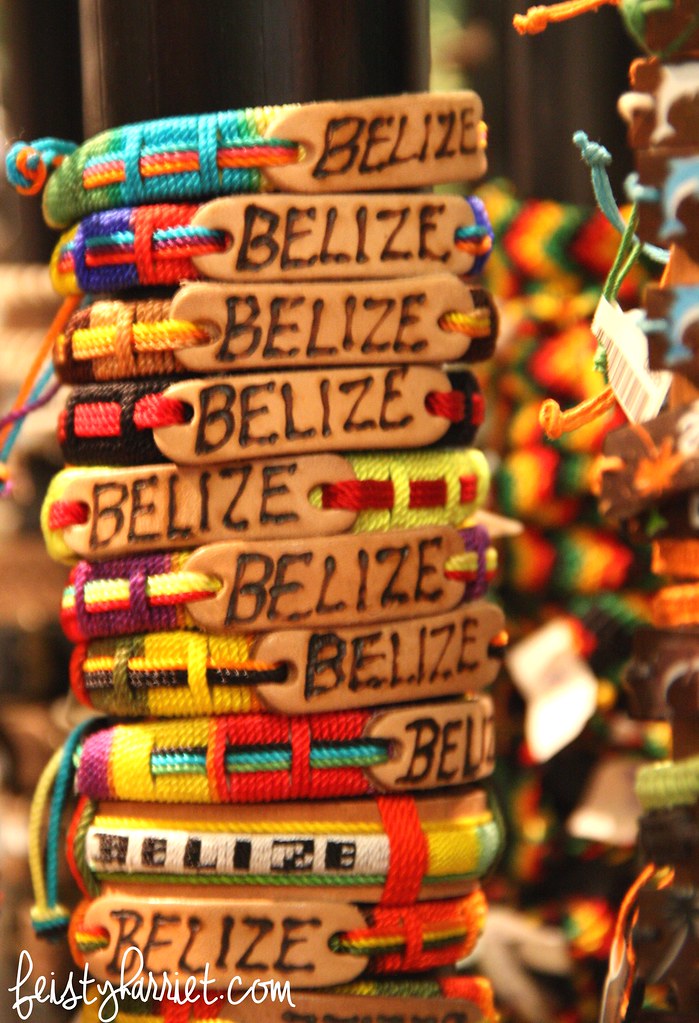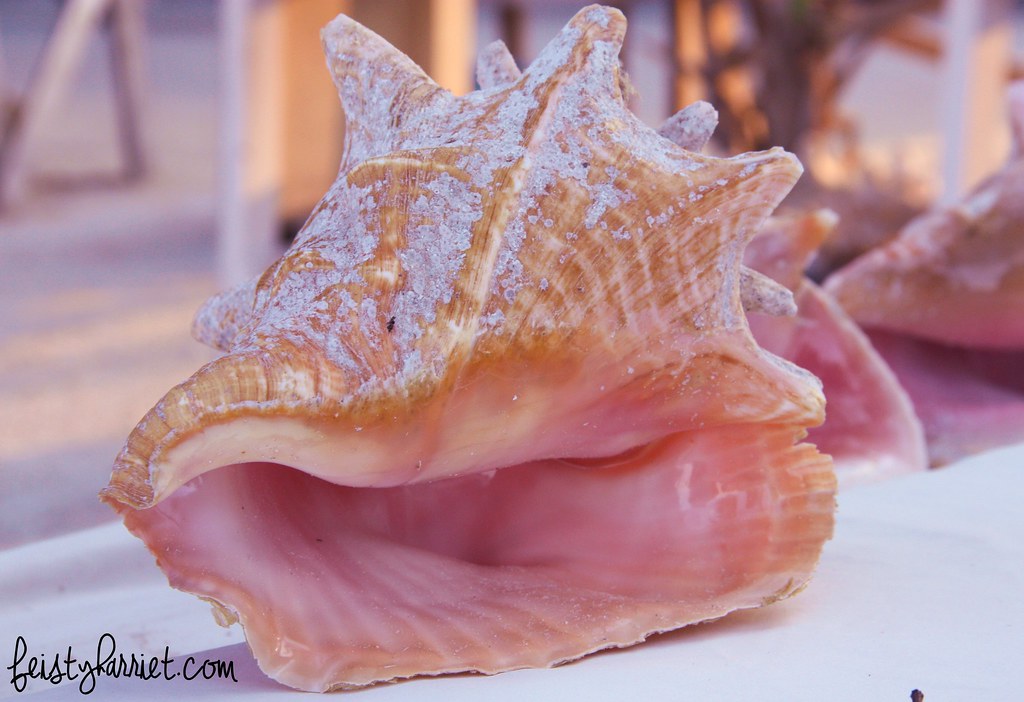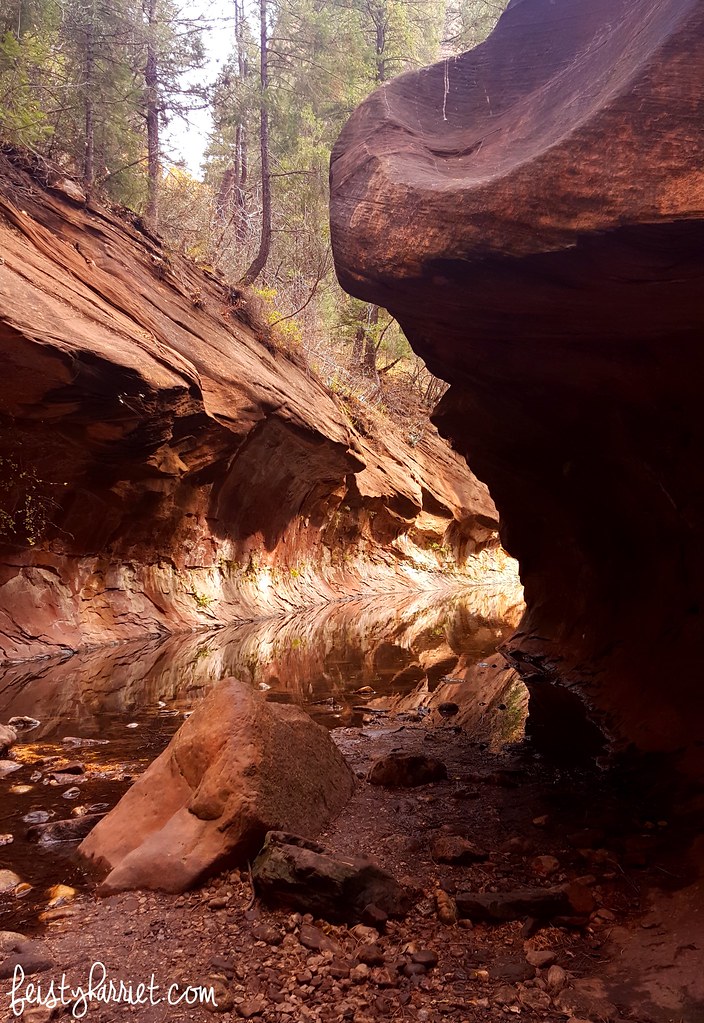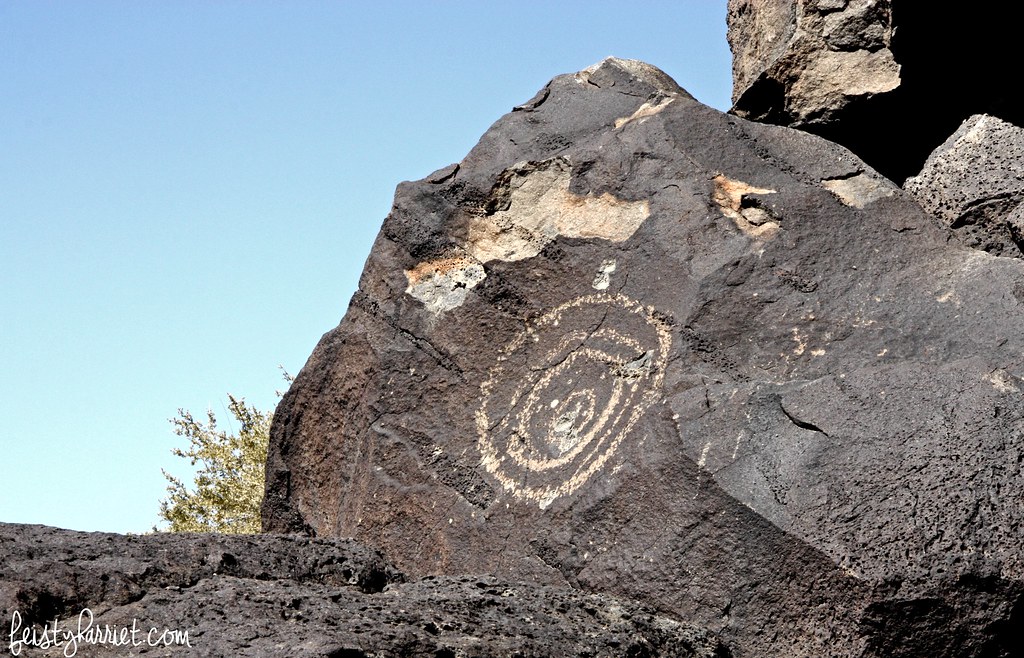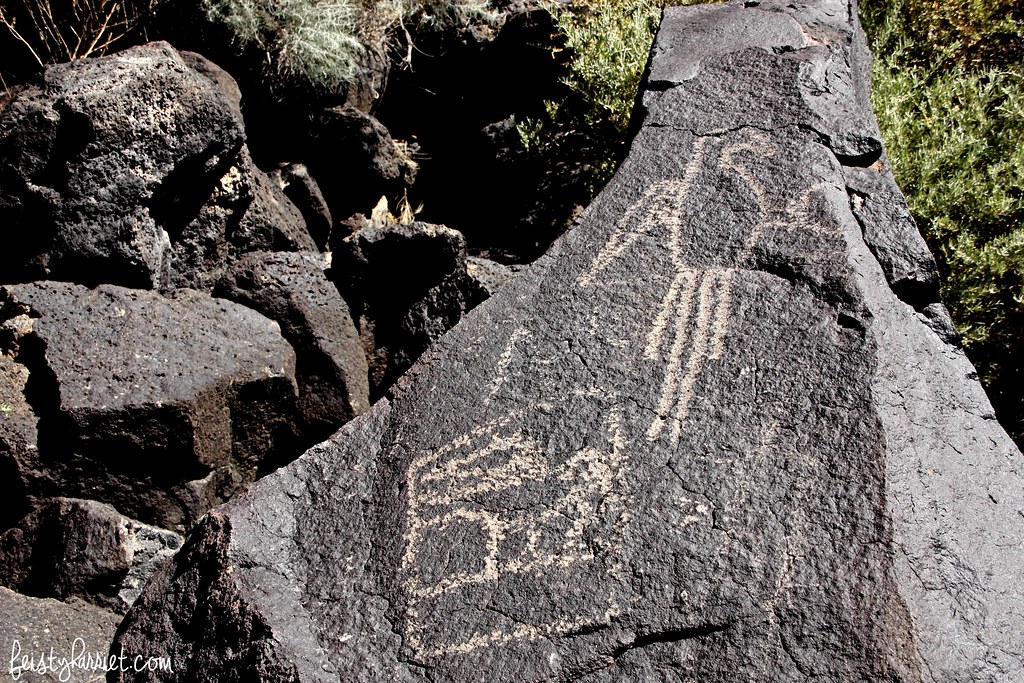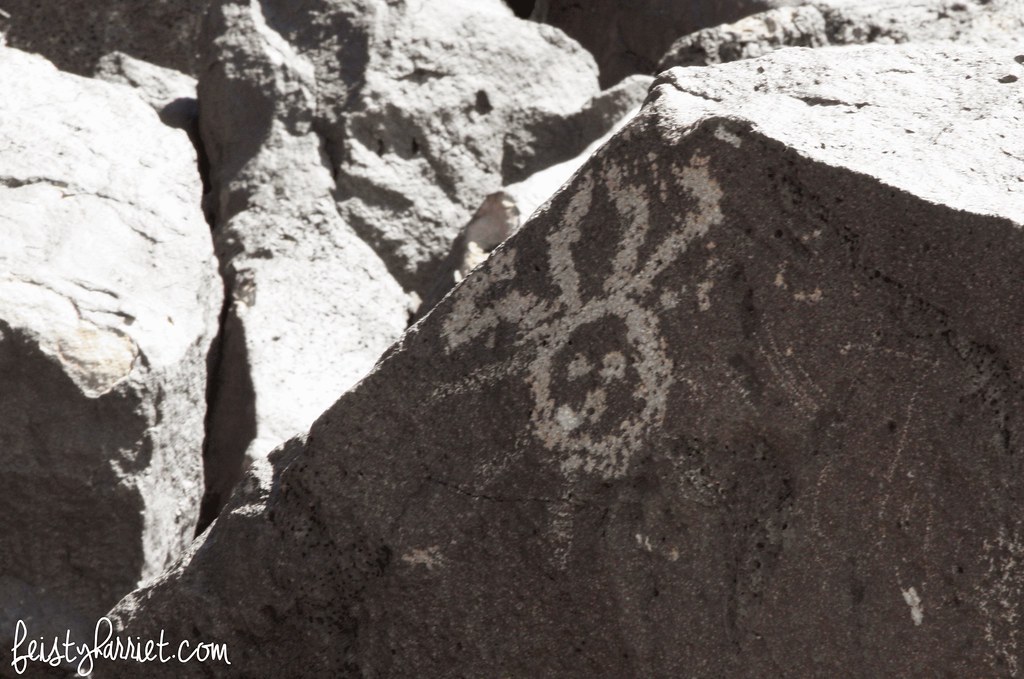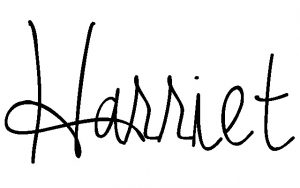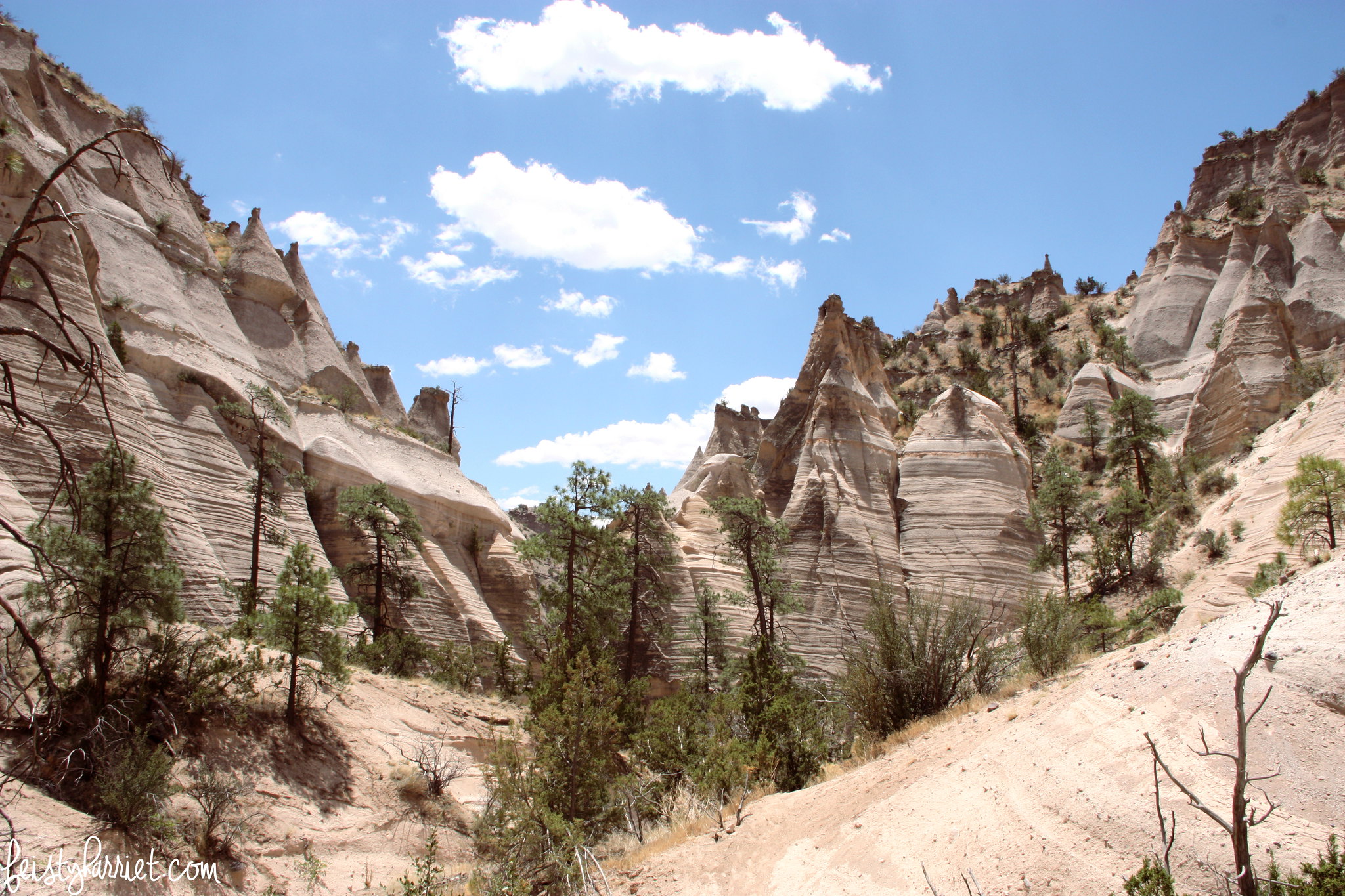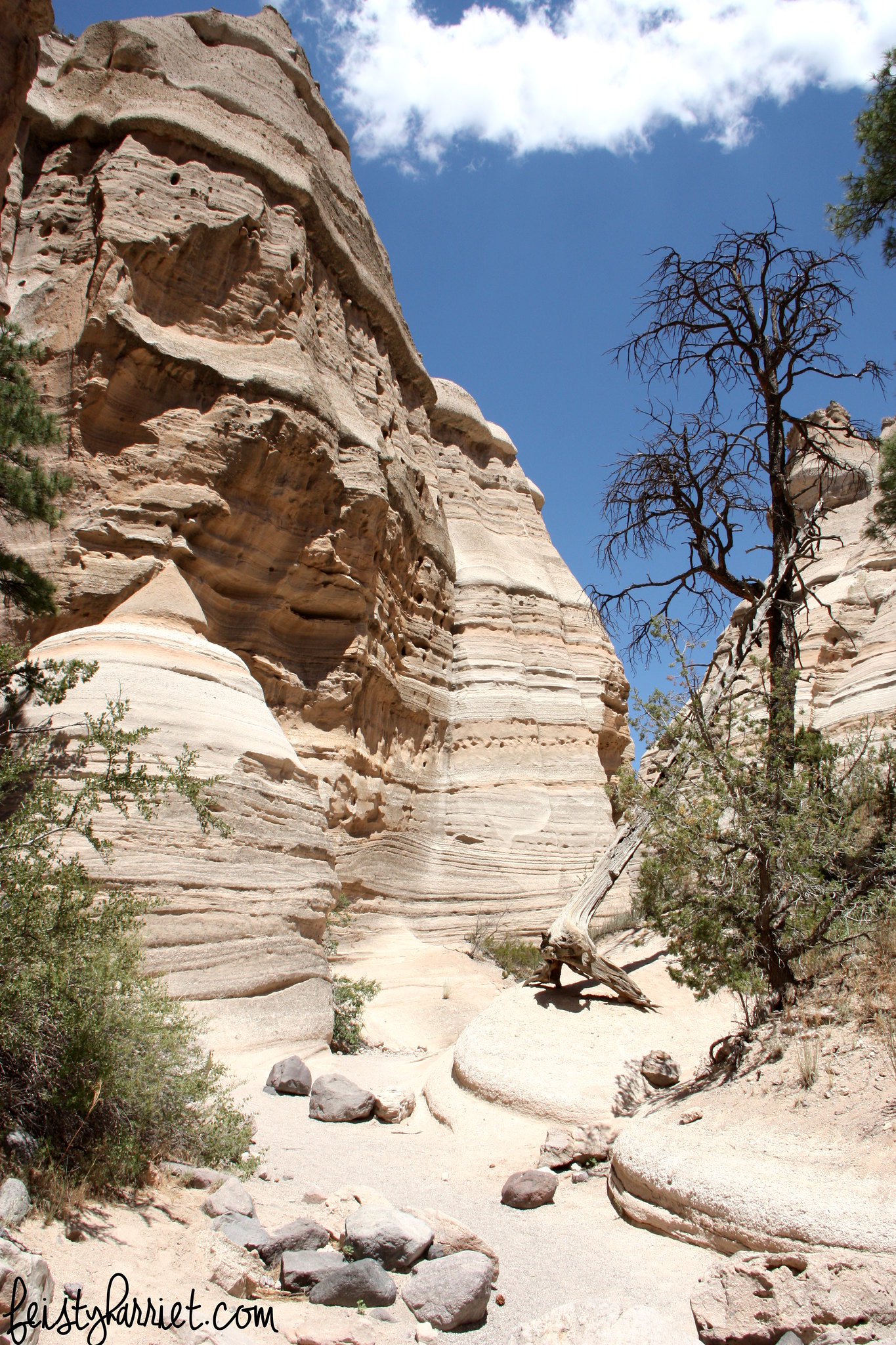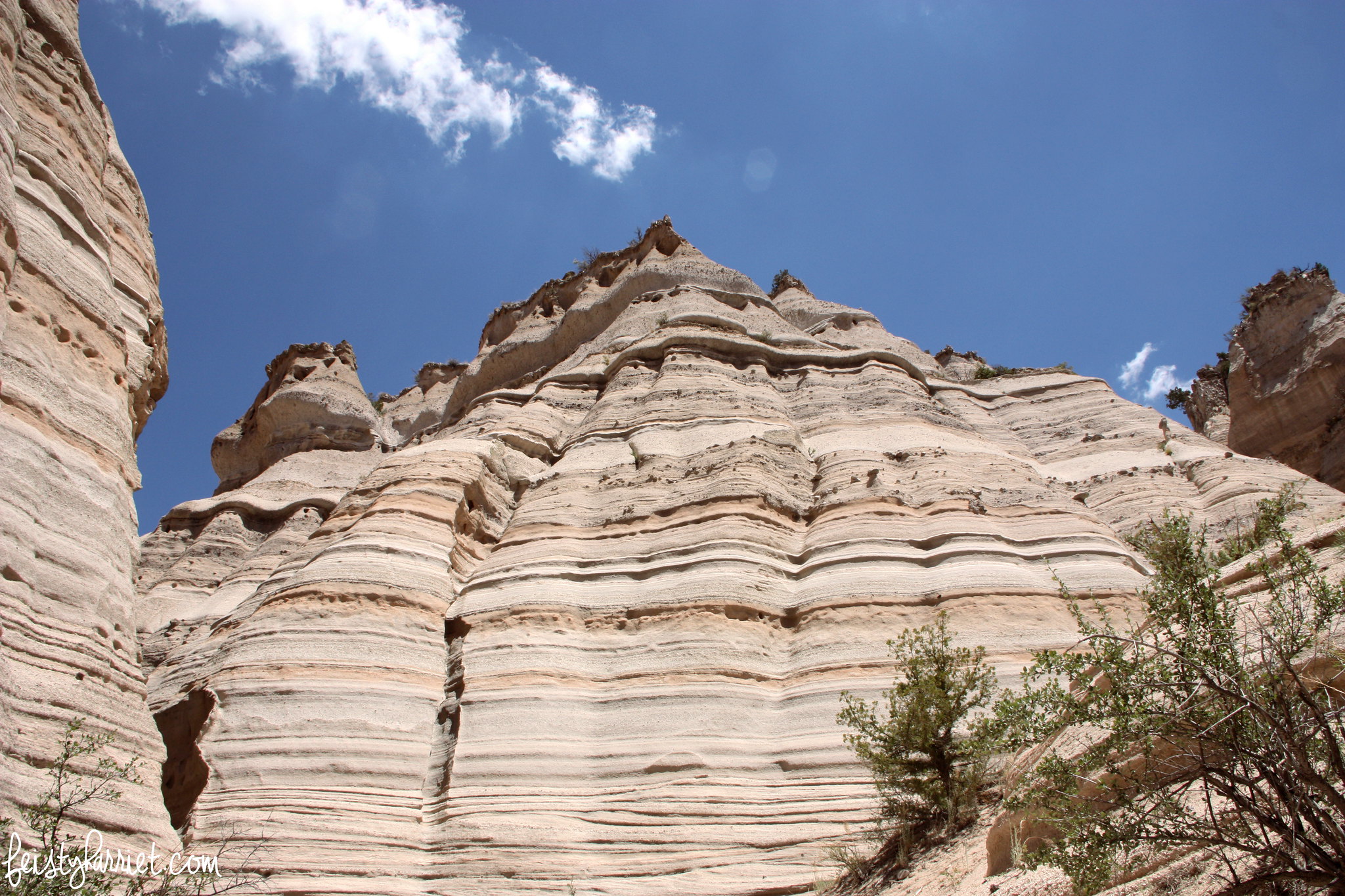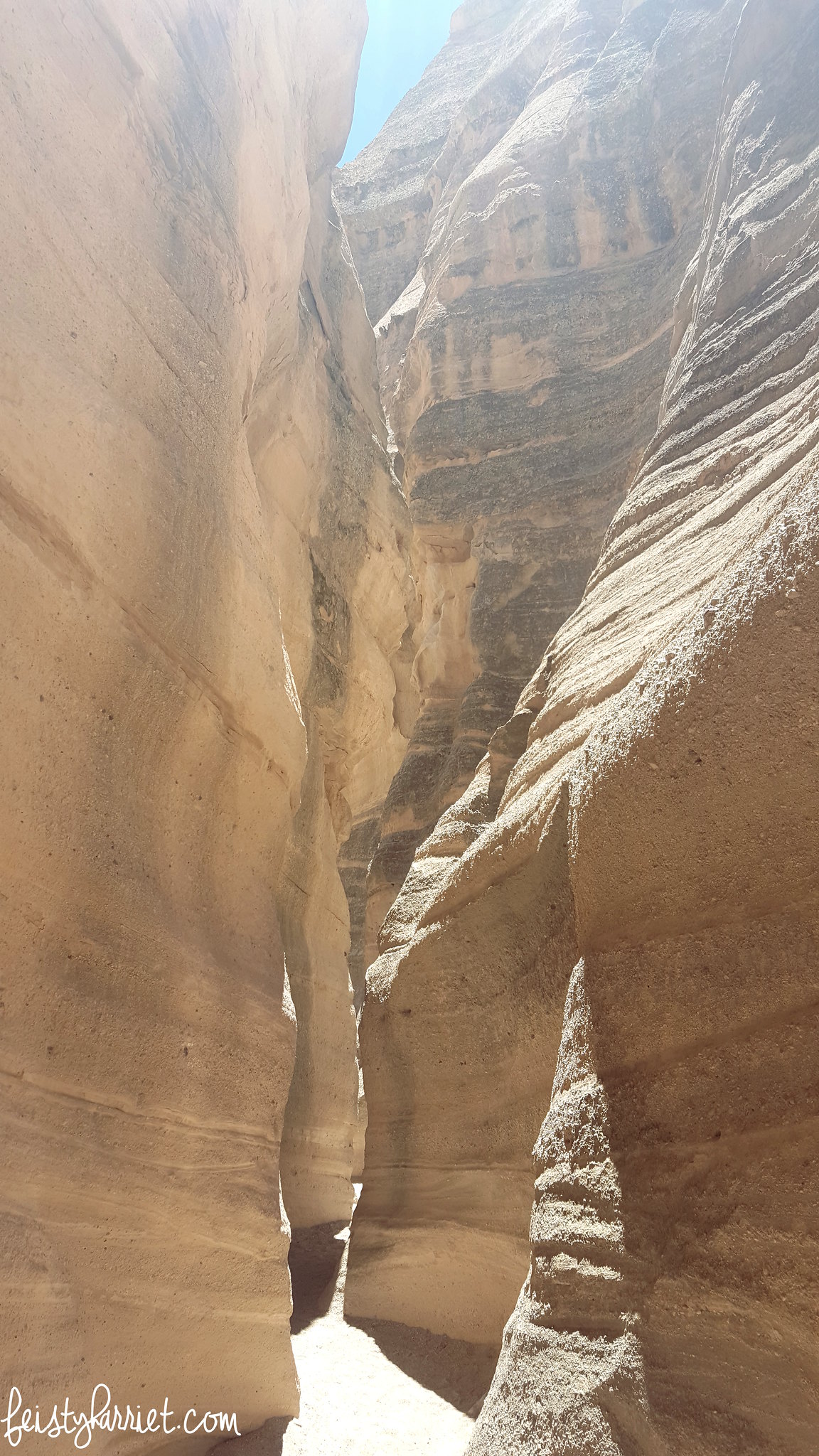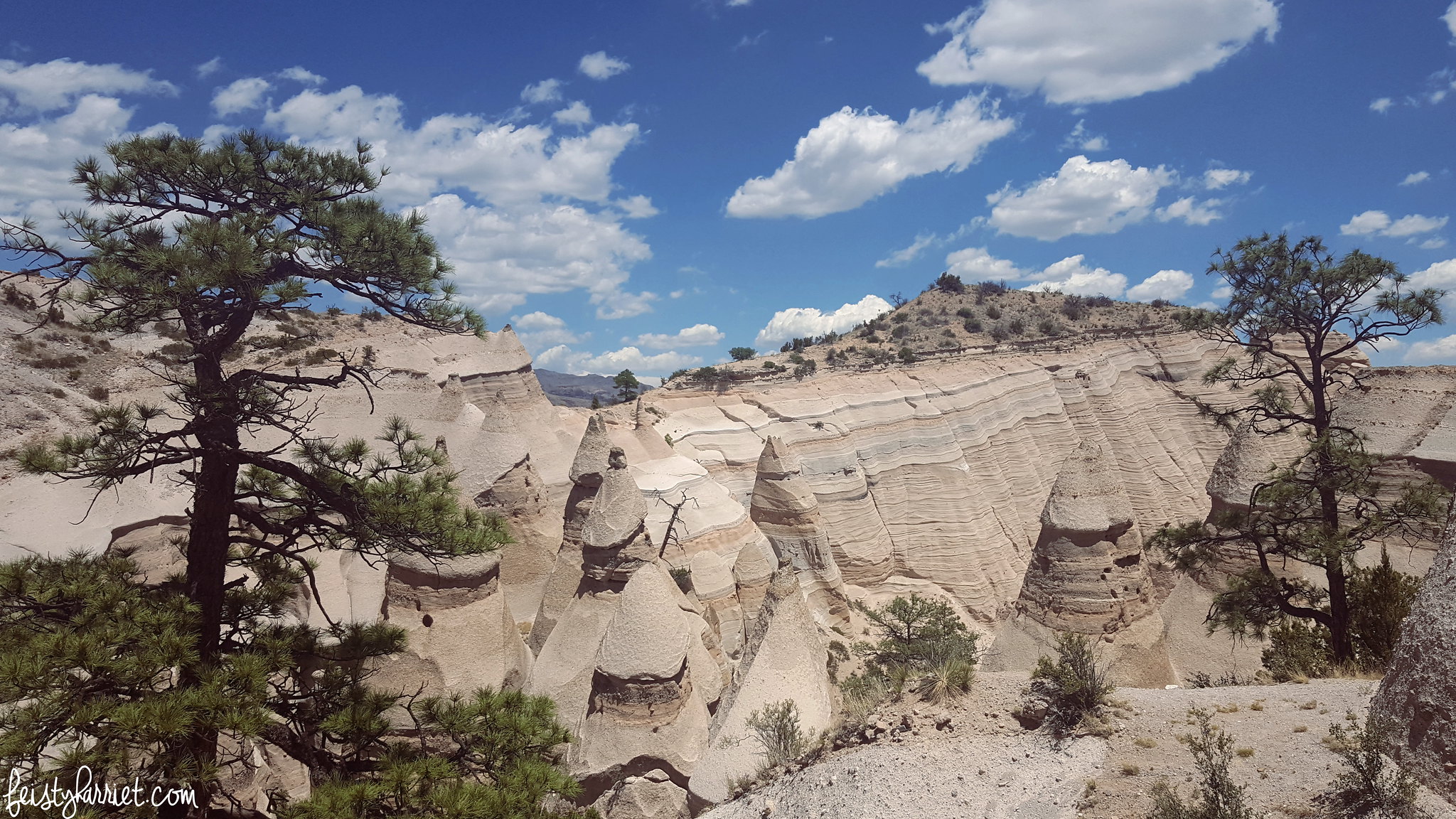Want to hear my version of paradise? You better belize that it involves a tiny little island in the Caribbean, one so small that there are literally only three named roads: Front Street, Middle Street, and Back Street. Those roads aren’t really “streets” at all, but white sand packed hard from years of bare feet and beach cruiser bicycles taking residents and visitors from beach to bar and back to the beach. There are fresh fish tacos and shrimp ceviche and whole white fish with fins and eyes and everything still attached for sale at every restaurant, most food has some kind of Mexican-Central American flavor, or maybe a Chinsee-Arab-Kriole infusion that is both familiar and completely out of this world. The pace of life in this paradise is much, much slower than anywhere you’ve been before; the island motto is, literally, Go Slow. Also, this particular paradise is located in a country with an advertising campaign focused on how many ways you can use Belize as a pun for believe. Frankly, it is unbelizeable how much this word-nerd (points at self with both thumbs) swooned over ridiculous puns in paradise.
Caye Caulker (pronounced Key Caw-ker) is a tiny island off the northern coast of Belize and located just inside the barrier reef that runs along the Yucatan south towards Panama, it’s the second longest barrier reef in the world (and not to be confused with the Australian Great Barrier Reef, capitalized because that is it’s proper name). Caye Caulker is famous for being perfect for backpackers, a little rough around the edges with an unpolished tourism scene, and overall ridiculously low-key. Honestly, it was a perfect place to start our trip and I would go back in a heartbeat.
This? This is the busiest street on the island, Front Street, at 2:00 in the afternoon. This sleepy island did so much to help me chill out, relax, and just go with the very laid-back flow.
On the days we weren’t diving along the reef, we spent a lot of time riding bicycles around the island, lounging in the shade, and trying to decide where I’d get my next burrito and pina colada. It was REAL rough, ya’ll.
The only downside to Caye Caulker was the humidity, I mean, it’s a sub-tropical island in the Caribbean, OF COURSE it will have humidity. I actually didn’t mind it too much until it was time to go to sleep, despite an AC unit in our AirBnB it was always a little muggy and too warm for my taste. But hey, if that’s your only real complaint? Frankly, sounds like a lovely way to spend a week, right? (Answer: you better belize it!) (Sorry/NotSorry)
I think our two favorite restaurants were the Rainbow Bar & Grill, and Habanero’s, which had the most amazing Caye Lime Pie of my entire life (see? More puns! I love Belize!)
I’m still sorting through my pictures of our SCUBA diving adventures, which I’ll post soon! Caye Caulker was amazing, you should definitely go visit at the next possible chance!
